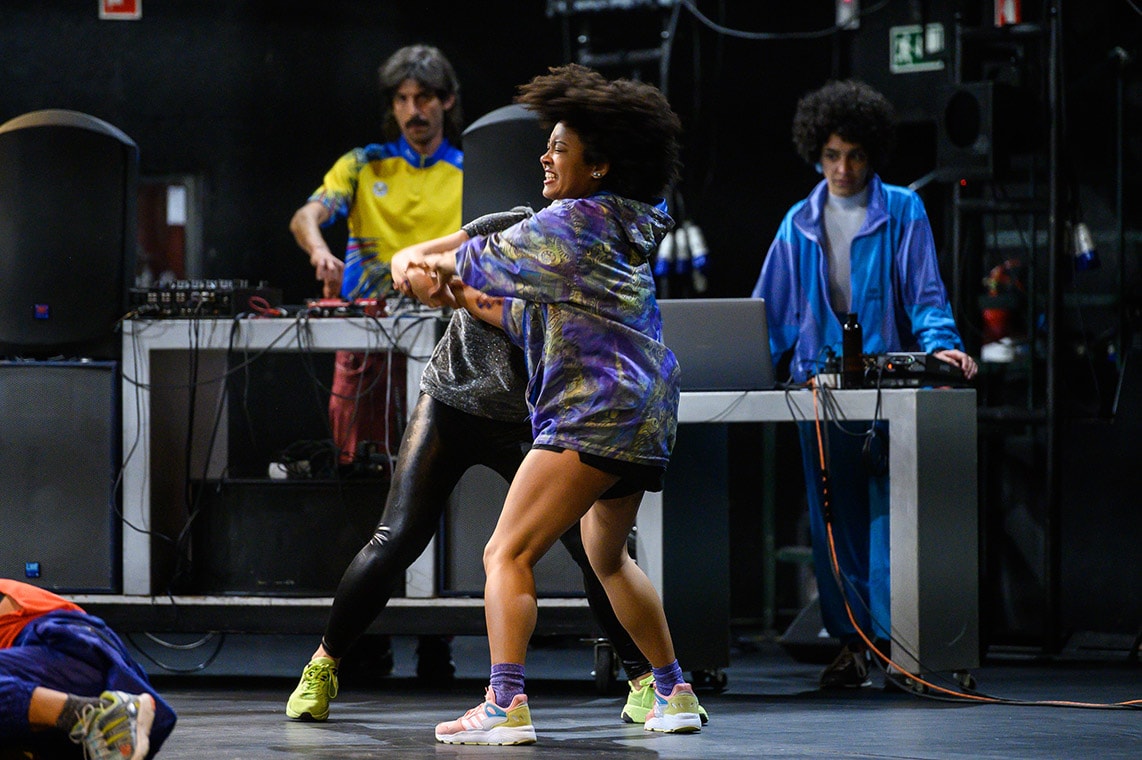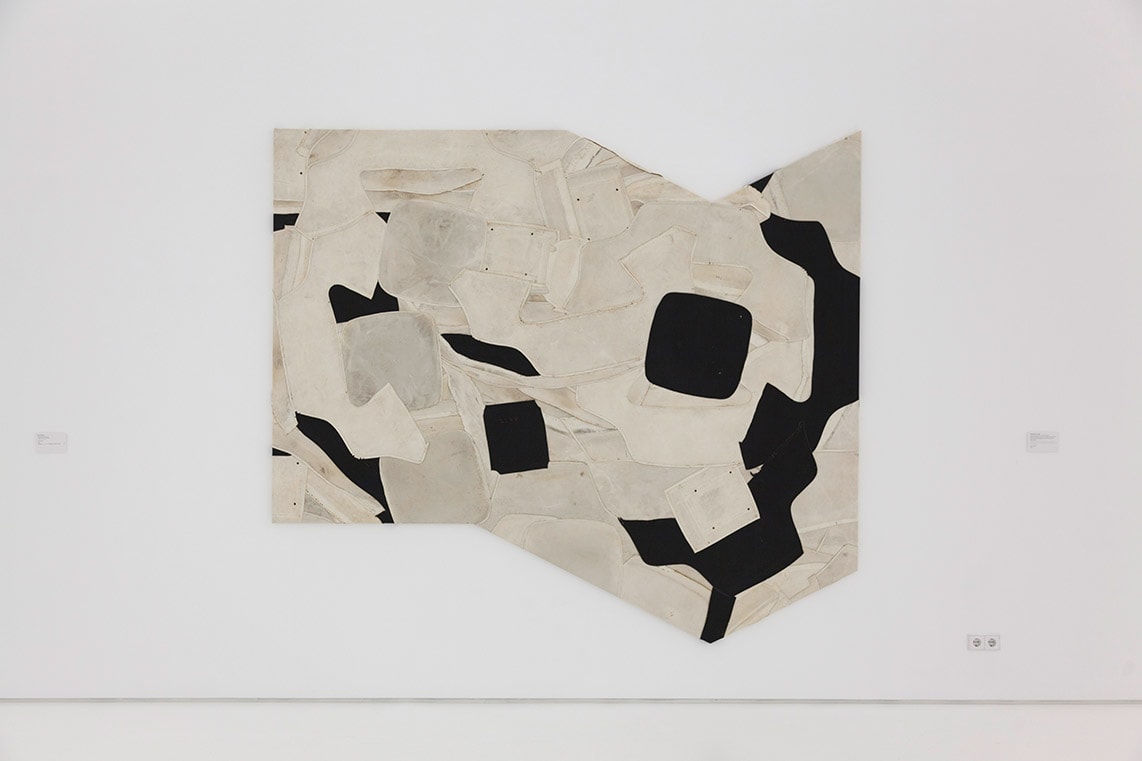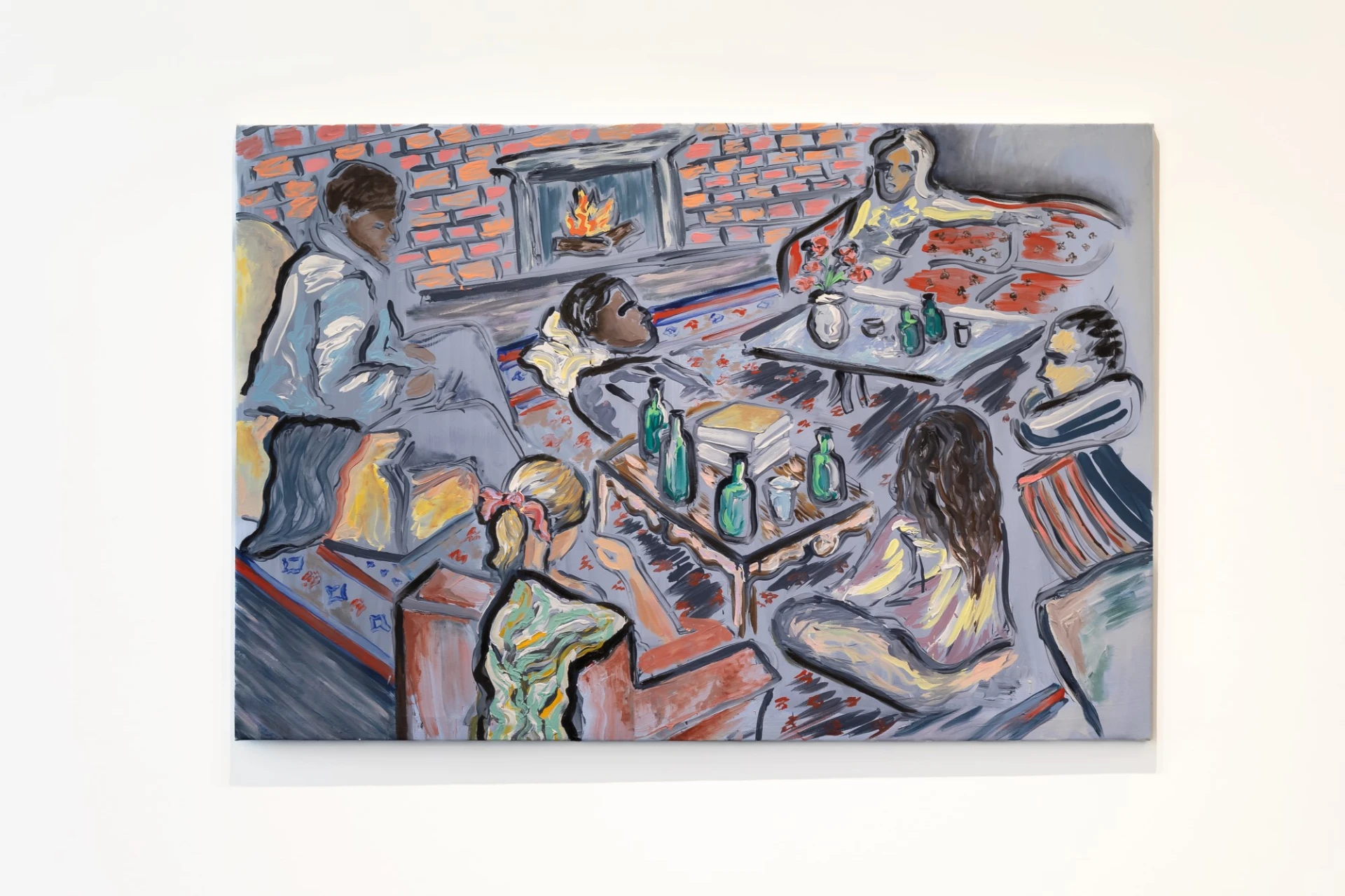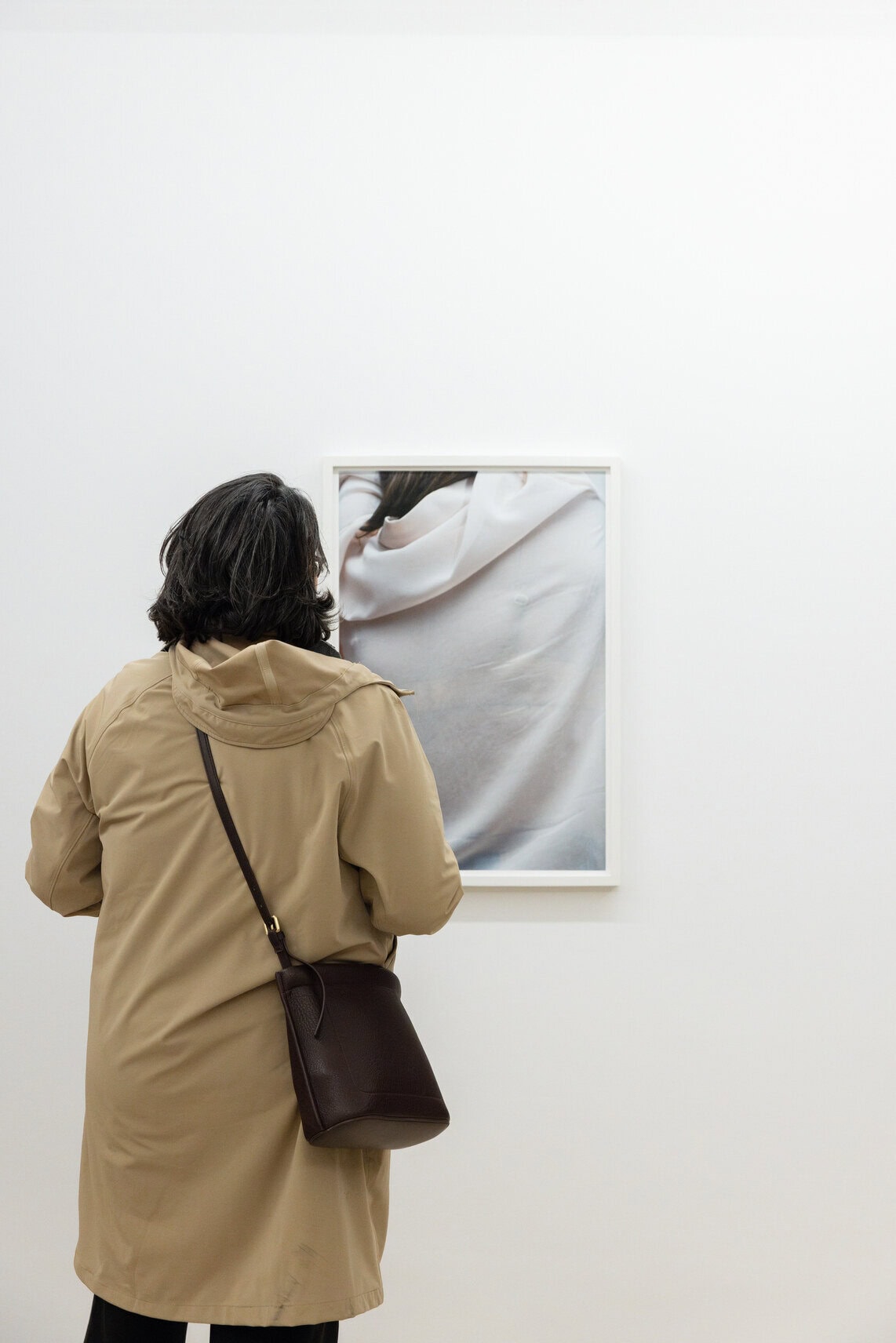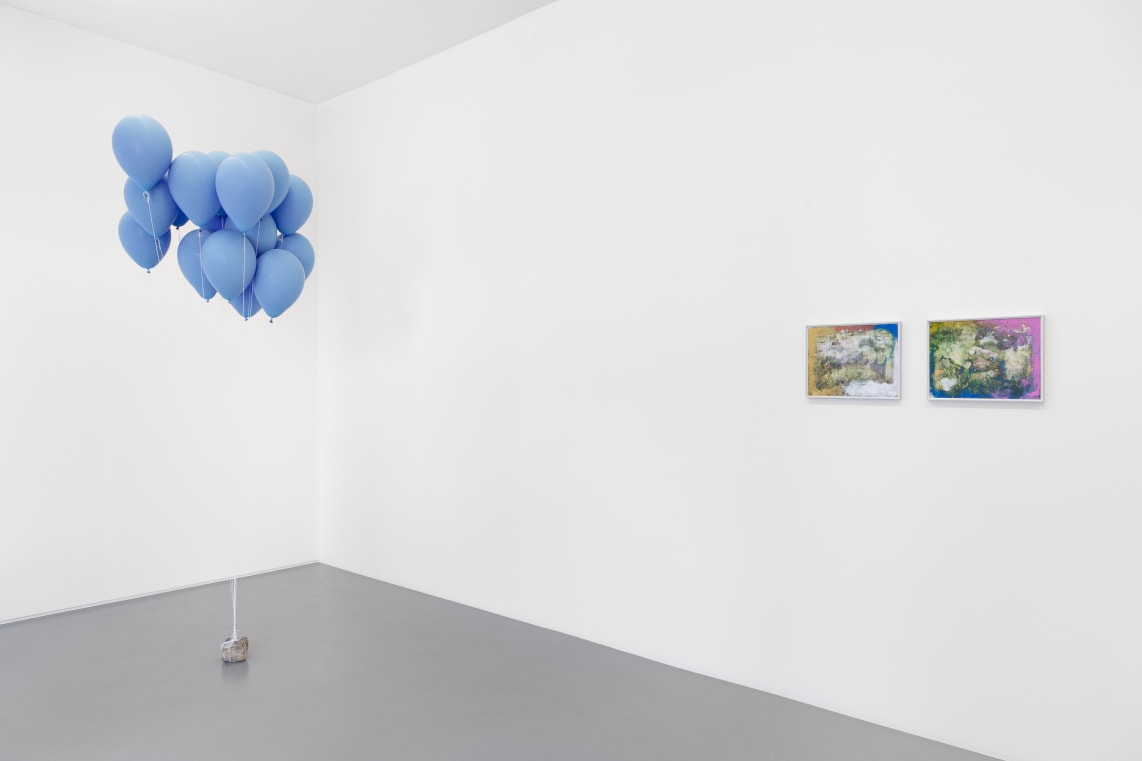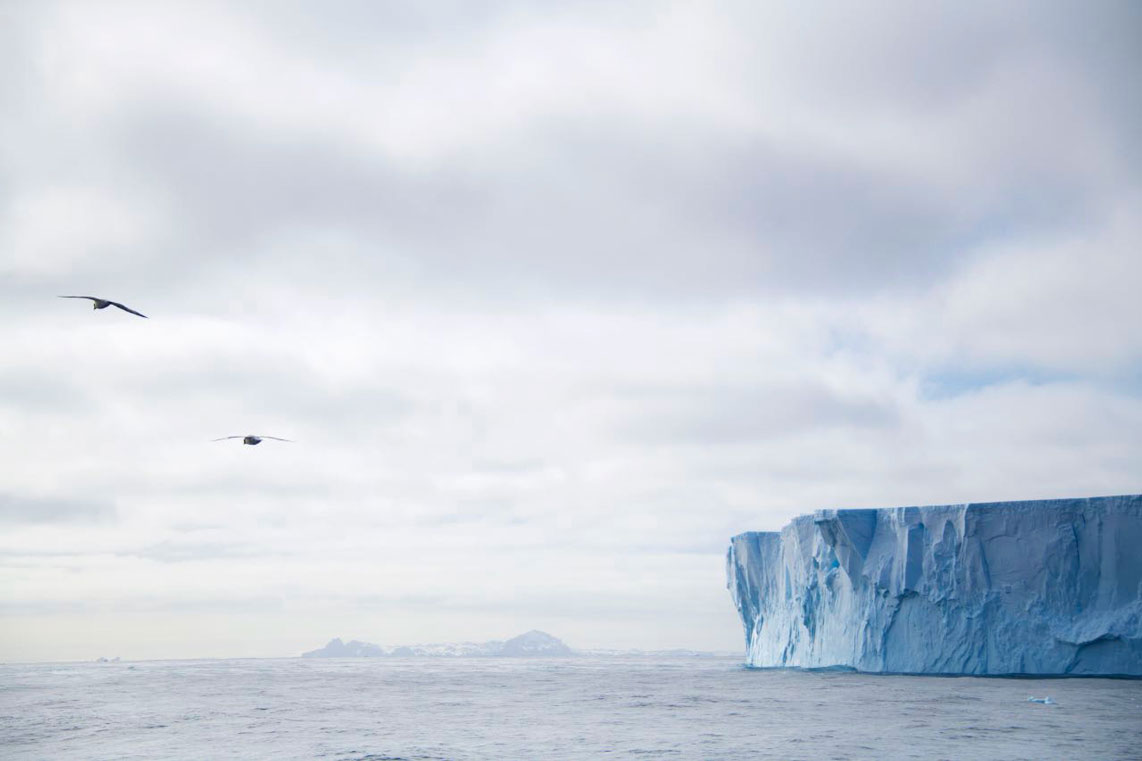In Solfatara [1], sulphurous matter inhales the primitive magma and exhales the skin of the earth. Unlike the extinct volcanoes, dormancy is expressed by breathing, by a diaphanous movement where the yellow sulphur envelops the clouds of steam and gas.
In João Jacinto’s work, volcanic breathing is the painting’s body. Similarly to the depths of the earth, if we were to do a chemical monitoring of the canvases, we could infer the structures that permeate the invisible layers of our gaze. However, between the time of the body and geological time, we know that one day latency may give way to eruption.
The plunge into the painter’s work takes me back to a film excerpt by Herzog [2] about Katia and Maurice Krafft, two researchers who dedicated their lives to studying volcanoes. However, in doing so, they exposed themselves and walked on the margins of the igneous lands. In 1991, they were submerged by a pyroclastic flow on Mount Unzen, Japan. Both were aware of the risk of their physical approach, the inherent unpredictability, but that was never a reason to stay away from the mouths of volcanoes.
When I visited Solfatara, João Jacinto told me that it was a danger for the paintings to remain in his studio. Somehow, before the artist’s body, they would always be unfinished. Some canvases suffered haptic overlaps over time; others were torn, destroyed and composed of a frame surrounding the previous remnants.
Over the decades, the artist progressively faced the paintings as an active volcanic laboratory, translating the succession of gestures into poietic material becoming: subtle action of some materials over others.
The instant [3] overcame constancy and absorbed failure, death, failure, eruption. The painter’s choice-gestures were translated into existential moments where time and eternity intersect… And the drift of the body(s) expanded to the other, to the one who experiences the work of art in loco, at the mouth of the volcano, in the exhibition space, where the sulpha terra breath takes us beyond the image of the device, in the inter-material sense of painting.
Solfatara, a solo exhibition by João Jacinto, at Galeria 111, Lisbon, until June 5, 2021.
[1] Solfatara Vulcano, Naples, Italy. Available here.
[2] HERZOG, Werner, Into the Inferno – Katia and Maurice Krafft, October 28, 2016. Available on Netflix.
[3] An allusion to the concept of Instant by Søren Kierkegaard, 2017. Available here.
